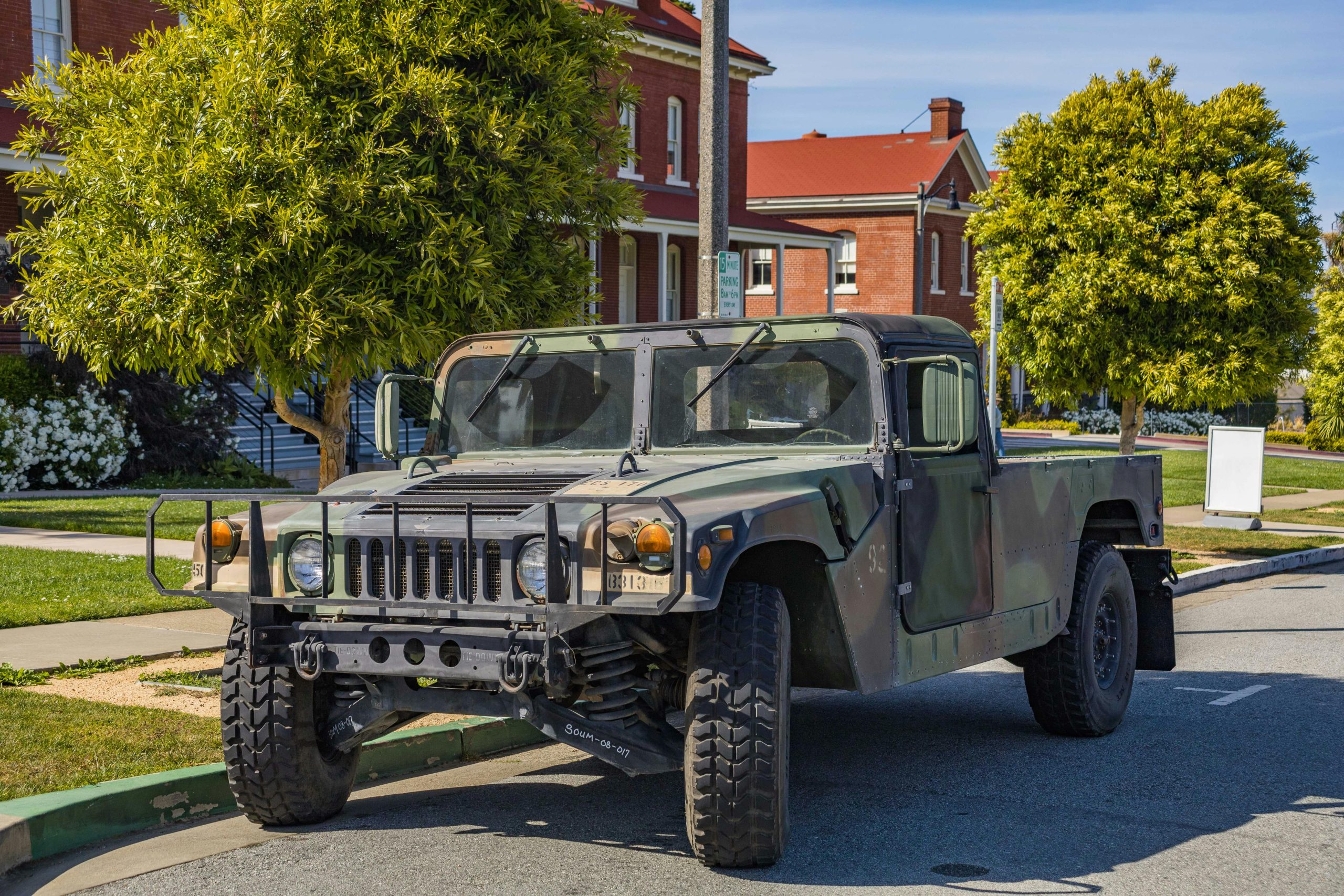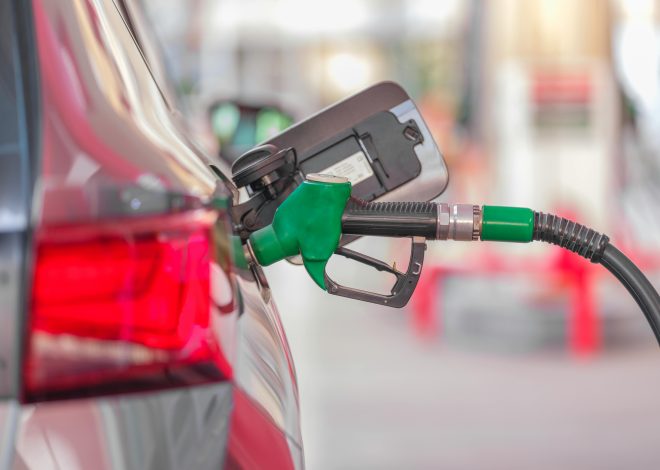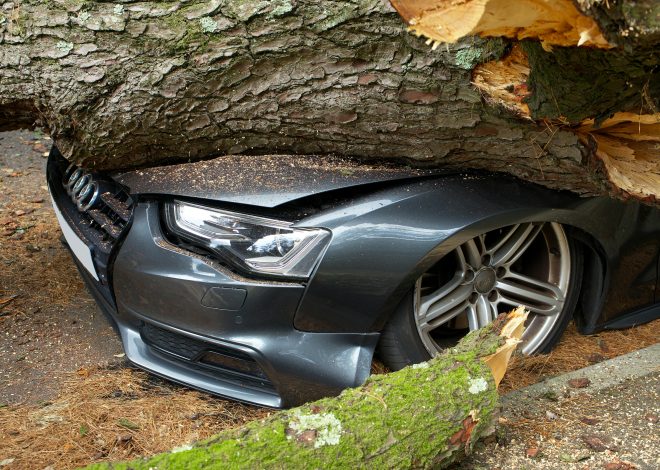
Defensive Driving Tips for Everyday Roads: Stay Safe, Stay Smart
Introduction
Most drivers are confident behind the wheel—but confidence alone isn’t enough to stay safe on the road. With increasing distractions, unpredictable traffic conditions, and a wide range of driving behaviours around you, practicing defensive driving is one of the best ways to protect yourself, your passengers, and others on the road.
Defensive driving isn’t just about reacting to danger—it’s about anticipating it and making smart choices to avoid it in the first place. In this article, we’ll share practical and effective defensive driving tips that every driver can use on everyday roads, whether you’re commuting, road-tripping, or simply running errands.

What Is Defensive Driving?
Defensive driving refers to the practice of anticipating potential hazards and making informed, proactive decisions to reduce risk. It focuses on awareness, preparedness, and self-control behind the wheel.
Rather than reacting emotionally or making aggressive moves, defensive drivers stay calm, cautious, and focused—ensuring a safer journey for everyone on the road.
1. Stay Focused on the Road Ahead
Distractions are one of the leading causes of road accidents. Defensive driving starts with full attention.
What to Do:
- Keep both hands on the wheel and eyes scanning ahead
- Avoid using your phone (even hands-free if possible)
- Don’t multitask—no eating, grooming, or adjusting the GPS while driving
Tip: If something demands your attention, pull over safely before responding.
2. Maintain a Safe Following Distance
Tailgating gives you little room to react if the car in front of you brakes suddenly.
The Rule:
Use the 3-second rule: Pick a landmark (like a signpost). When the car ahead passes it, count “one-one-thousand, two-one-thousand, three-one-thousand.” If you pass the same point before you finish counting, you’re too close.

Increase the distance in bad weather, at night, or in heavy traffic.
3. Expect the Unexpected
Assume that other drivers may make mistakes—because they often do.
Defensive Mindset:
- Watch for signs of distracted driving (drifting, erratic speeds)
- Cover the brake near intersections or pedestrian crossings
- Never assume a driver with a turn signal on will actually turn
Example: A car parked on the side of the road may suddenly pull out—slow down and pass with caution.
4. Avoid Blind Spots—Yours and Theirs
Every vehicle has blind spots. Defensive drivers stay visible and aware of their surroundings.
Best Practices:
- Adjust mirrors properly and do a shoulder check before changing lanes
- Avoid lingering in another driver’s blind spot, especially large vehicles
- Use your indicators early to communicate your intentions
5. Obey Speed Limits and Drive to Conditions
Speeding doesn’t just increase accident risk—it reduces your reaction time and makes collisions more severe.
Drive According to:
- Posted speed limits
- Road conditions (wet, icy, uneven)
- Visibility (fog, night driving)
- Traffic flow

Defensive drivers know when to slow down—even if it means arriving a few minutes later.
6. Be Cautious at Intersections
Intersections are hotspots for accidents due to misjudged turns and red-light running.
Stay Safe By:
- Looking both ways—even on green lights
- Pausing briefly before entering on yellow or just-turned-green lights
- Watching for pedestrians and cyclists before turning
Avoid aggressive acceleration through amber lights. It’s not worth the risk.
7. Never Rely on Other Drivers’ Decisions
Just because someone should yield, merge properly, or stop, doesn’t mean they will.
Defensive Strategy:
- Yield when in doubt, even if you have the right of way
- Be extra cautious at roundabouts, merging lanes, and four-way stops
- Make eye contact with other drivers or pedestrians when possible
8. Keep Your Vehicle in Safe Condition
Mechanical failures can lead to serious incidents—but many are preventable.
Regular Checks:
- Tyre pressure and tread depth
- Brake performance
- Lights, indicators, and wipers
- Fluid levels (oil, coolant, brake, washer)

A well-maintained vehicle is a key part of safe driving.
9. Don’t Drive When You’re Tired or Impaired
Fatigue and impairment slow your reaction time and decision-making ability.
Stay Safe By:
- Getting enough sleep before long drives
- Taking breaks every two hours
- Avoiding alcohol, drugs, or medication that causes drowsiness
If you’re tired, switch drivers or find a safe place to rest.
10. Remain Calm and Patient
Road rage is not only dangerous—it’s avoidable. Defensive drivers keep their cool.
Stay Composed:
- Don’t engage with aggressive drivers
- Avoid honking unnecessarily
- Let faster drivers pass, even if they’re in the wrong

Your priority is safety, not proving a point.
Conclusion
Defensive driving is about being prepared, aware, and respectful on the road. It doesn’t just protect you—it creates a safer environment for everyone. By staying alert, managing your space, and avoiding risky behaviour, you make each trip more predictable and less stressful.
Whether you’re a new driver or a seasoned one, these strategies are easy to implement and offer long-term value.
Start applying one or two tips today—and turn them into lifelong habits that keep you and others safe.



